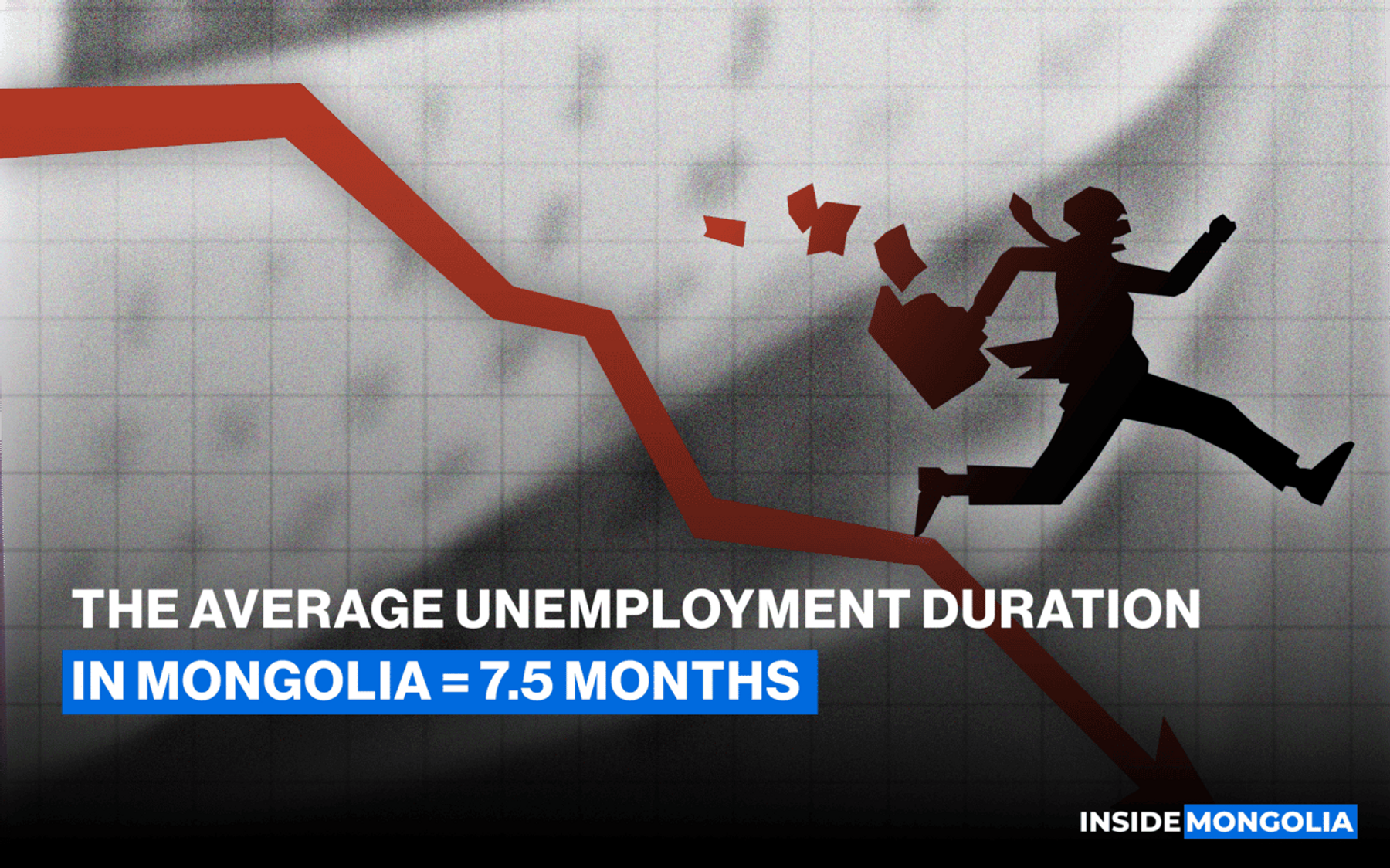Job Hunt in Mongolia: 7.5 Months to Employment!
Khulan M.
December 16, 2024
December 16, 2024

Mongolia’s unemployment rate stands at 6.1%, a modest decrease of just 0.2 percentage points over the past decade. This stagnation raises the question: Is this normal?
😬 The Paradox: No Jobs, Yet Labor Shortage
According to a report by the Institute of Labor and Social Security Training, Mongolia's unemployment rate is similar to that of other regional and developed countries. In contrast, the average duration of unemployment is 7.5 months, below the international average, most unemployed (33.5%) report being unable to find work despite actively searching. Interestingly, on November 11th, 400 job vacancies were listed on Zangia.mn, Mongolia's largest job-search platform.
🖇️ The Disconnect: Unemployment vs. Labor Shortage
Even though there are many unemployed individuals, the labor shortages persist. These shortages are driven by factors such as low wages, inadequate income, and a declining birth rate over recent years. Additionally, there is insufficient workforce supply for basic jobs in manufacturing, construction, and services, worsening the situation further.
- 🥲 No Significant Growth in Real Wages: Despite a 169% increase in nominal wages over the past decade, real wages (adjusted for inflation) have only grown by 31%. Wages in $ have seen a modest rise of just 17%, reflecting a limited increase in purchasing power.
- 🏴☠️ The Rise of Informal Employment: As taxes and price increases erode citizens’ purchasing power, informal employment has been steadily growing. Since 2010, informal employment has risen by 40%, reaching 215,400 people nationwide and 124,300 people in Ulaanbaatar. The recent requirement for contract workers to pay social security tax suggests that this trend will continue to rise.
🤐 The Migration Dilemma: The Quest for Better Opportunities Abroad
This dynamic has triggered a brain drain. Currently, 136,000 Mongolians work abroad, and a survey of citizens aged 15-64 revealed that 2/3 would be open to working overseas if the opportunity arose. Among younger age groups, this number rises sharply, 73% of those aged 25-34 and 80% of those aged 15-24 expressed interest in working abroad.
Finally, Young Mongolians increasingly aspire to leave the country, driven not only by wages and taxes but also by concerns about the future well-being of their children, which they fear may not improve within Mongolia’s current conditions. For many, the solution is, regrettably, to seek a better life abroad.
Comment